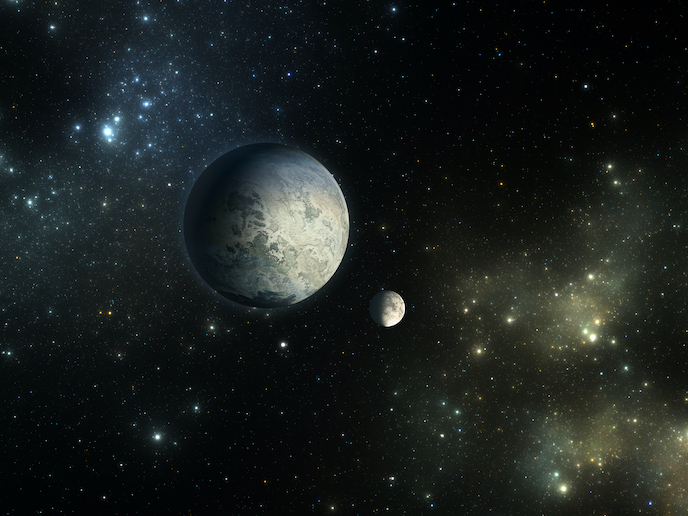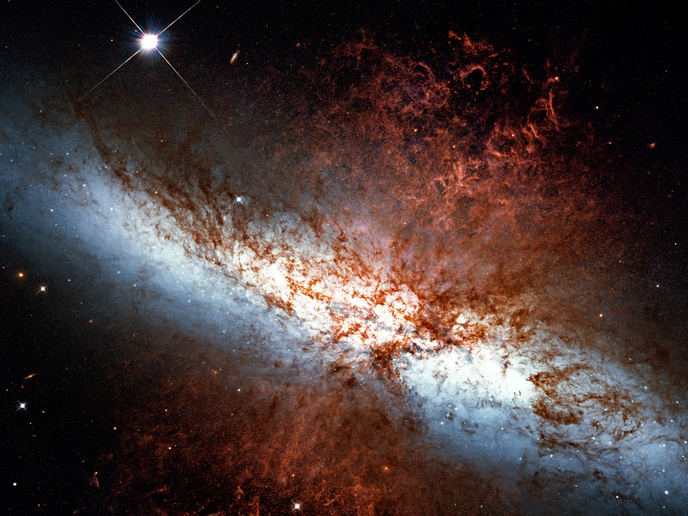New insight into galaxy and star formations
Much of the research currently performed on galaxy evolution is based on the astronomical project Calar Alto Legacy Integral Field Area (CALIFA) survey that is imaging a sample of about 600 galaxies in the universe. Combining imaging and spectroscopy, the data taken help derive useful information on galactic structure as well as the physical properties of galaxies such as their kinematics, mass, chemical composition and age. Data analysis is not based on treating distant galaxies as a single entity or single stars. Questions about the age of the elder star populations in each galaxy and their mass fraction as well as the chemical enrichment history of each galaxy are always topical and were the main subject of research in the EU-funded project SFEHG (The star formation and enrichment histories of galaxies). The team demonstrated that valuable information about subpopulations of stars in distant galaxies can be obtained through integral field spectroscopy that the CALIFA survey uses. Comparisons revealed that, unlike the Milky Way, massive galaxies grow in a way that is fundamentally different. In our galaxy, giant molecular clouds provide the reservoir of raw materials from which stars are born. However, star formation in massive galaxies is not intertwined with the stars that existed before them; stars stem from the merging of smaller, independent galaxies into a massive galaxy. Expanding on these findings and based on data on determined ages and chemical abundance in certain massive galaxies, scientists succeeded in determining in what timescale supernova explosions occur after the creation of a new stellar population. Several activities were conducted to disseminate project findings. In addition, the team published an image depicting maps(opens in new window) of some of the properties of galaxies obtained from CALIFA.







